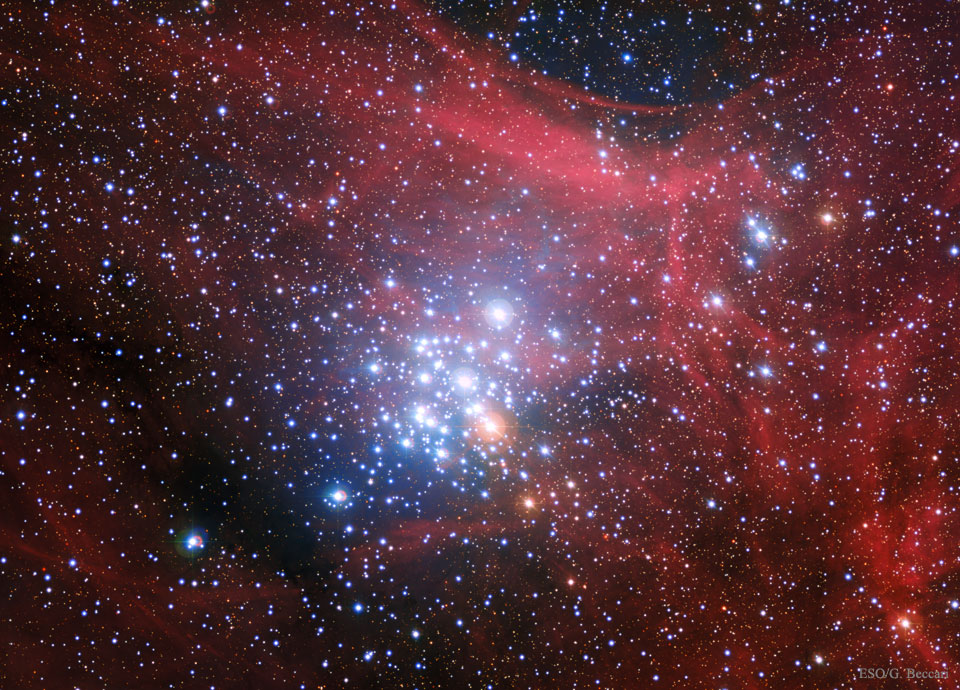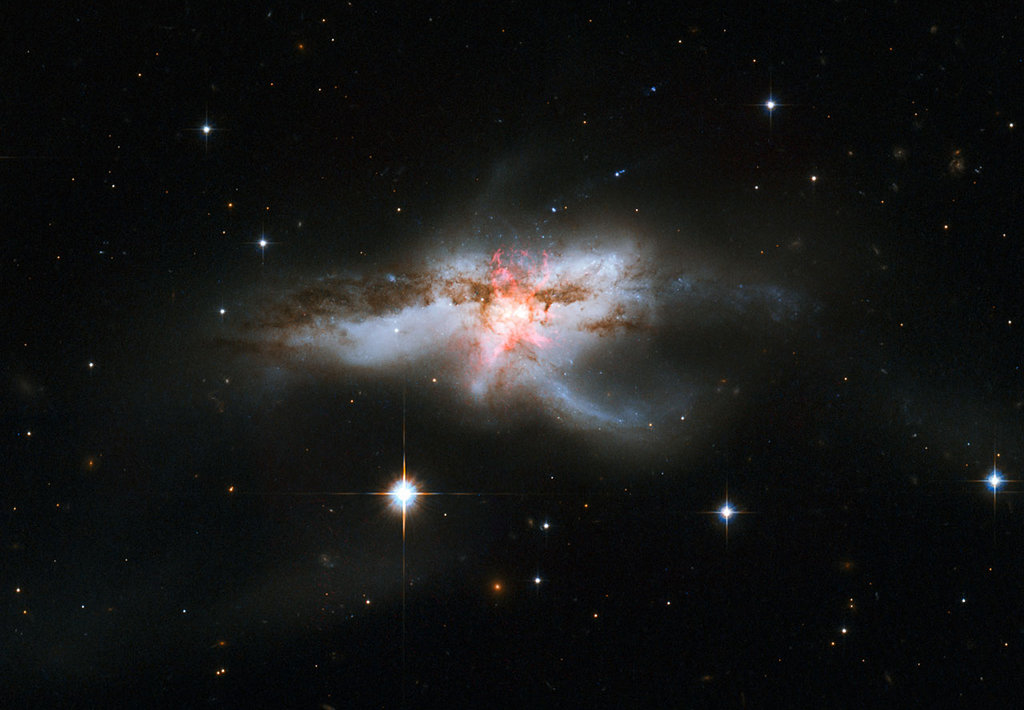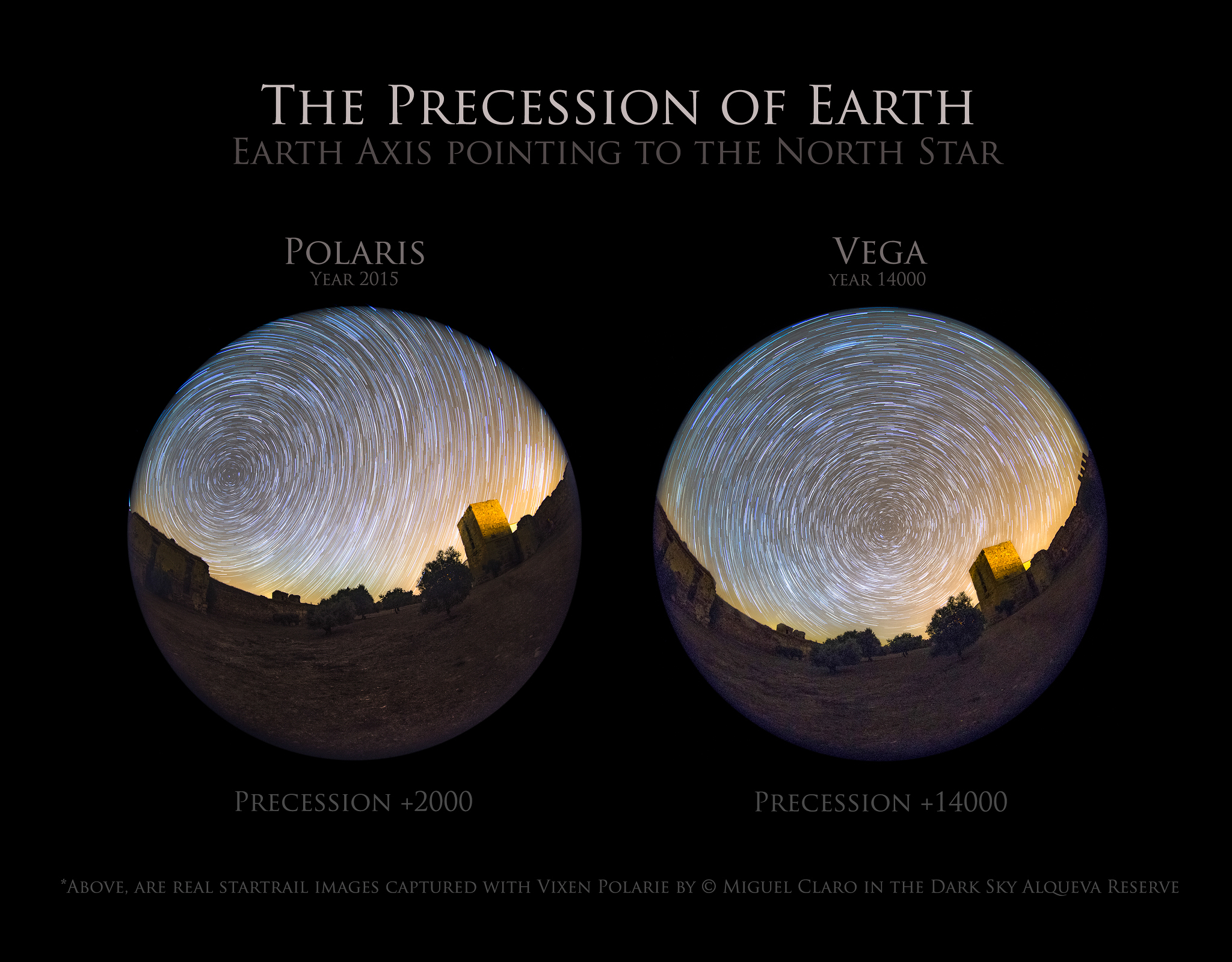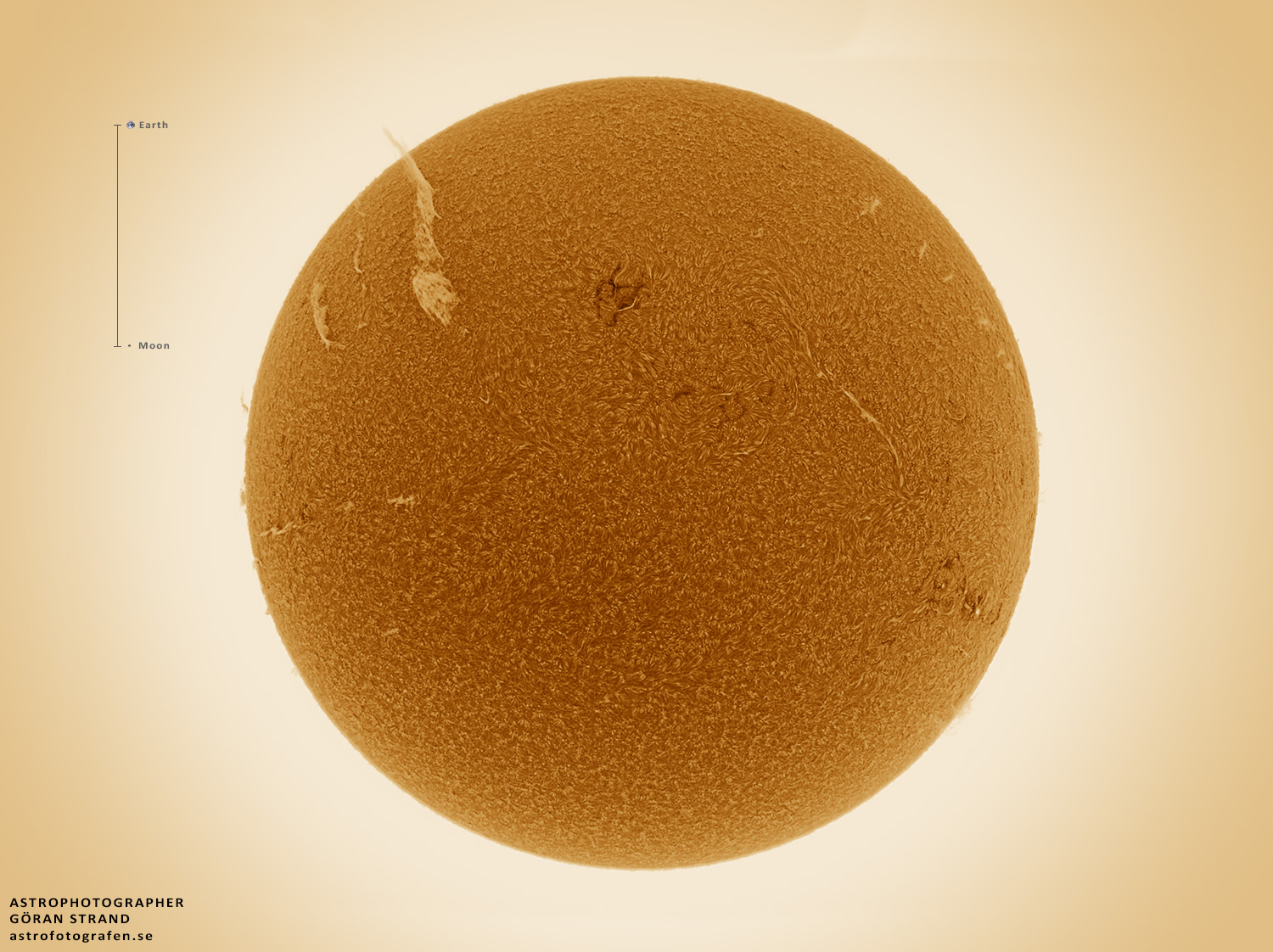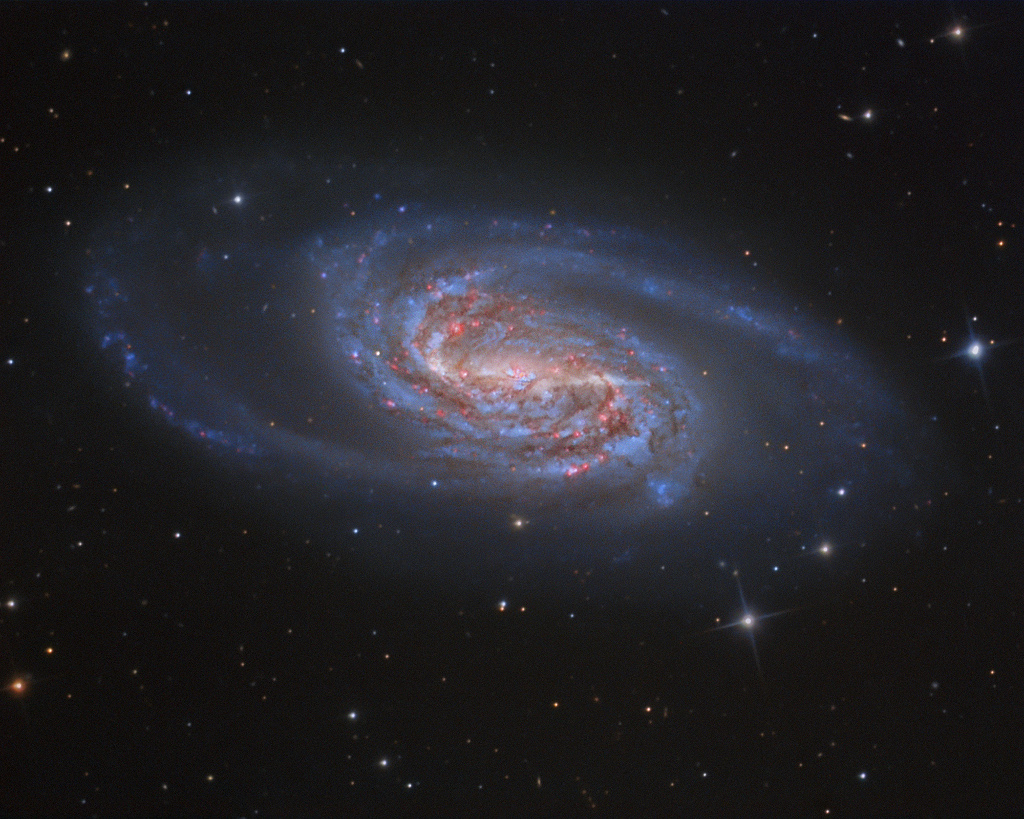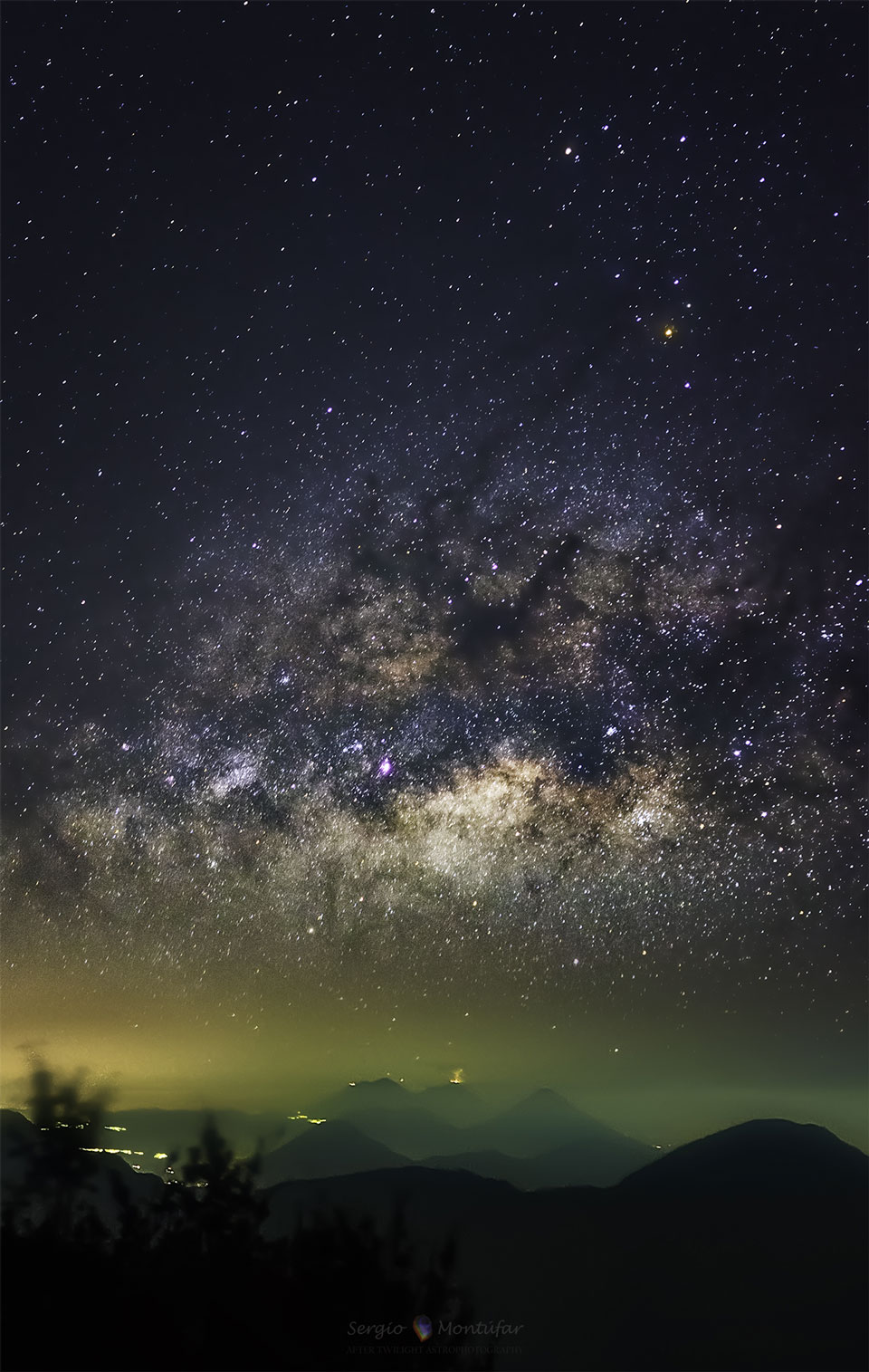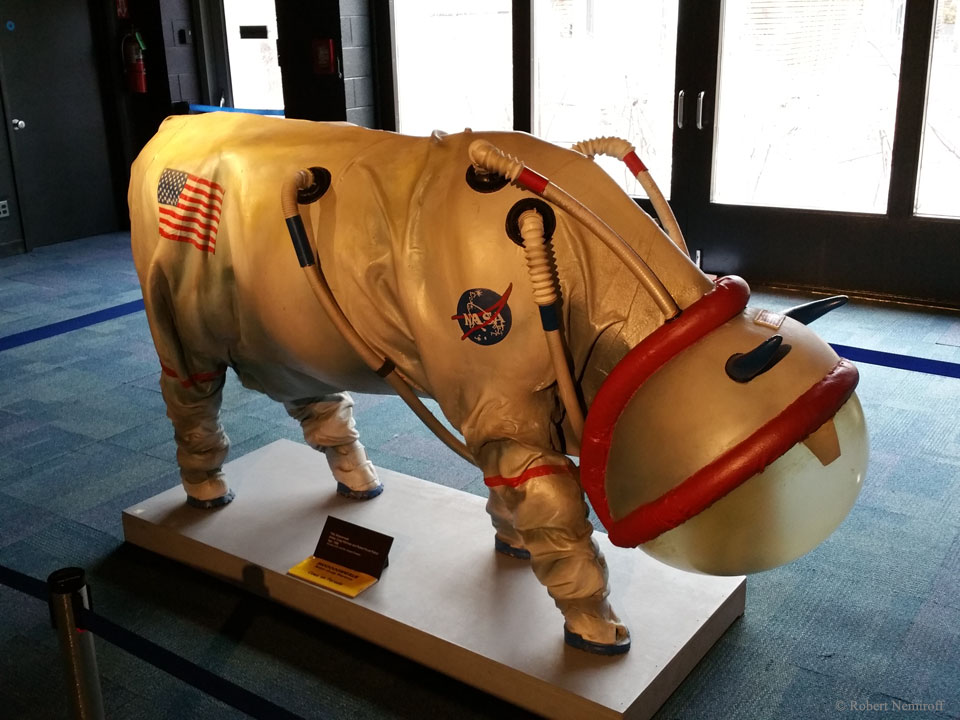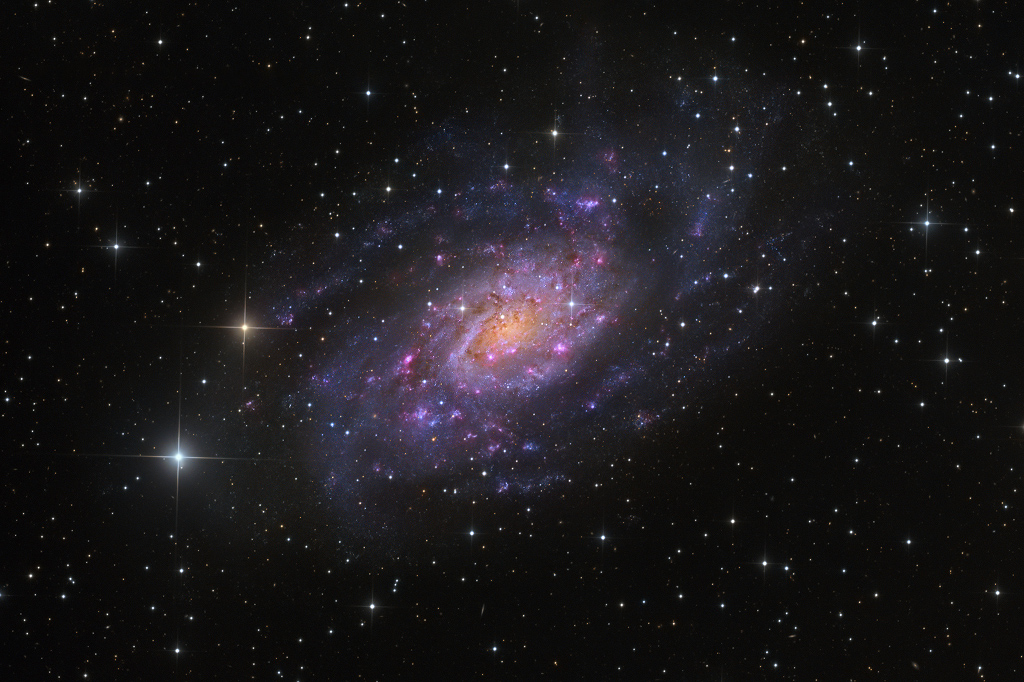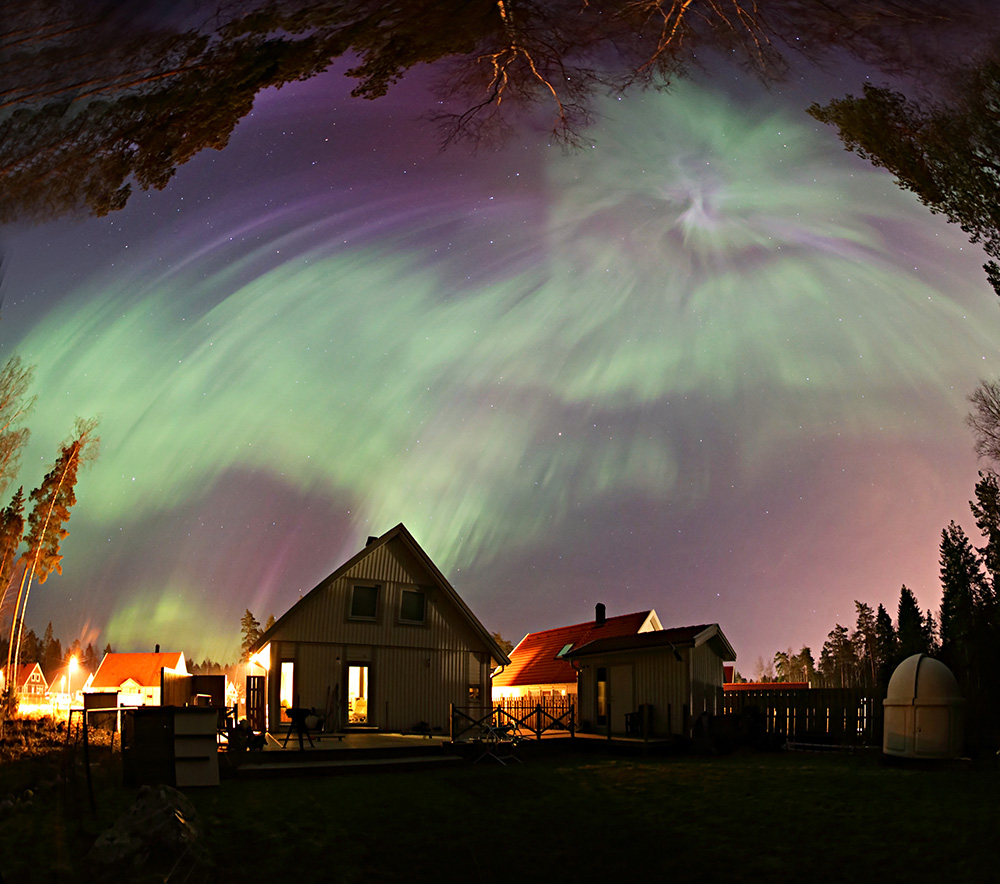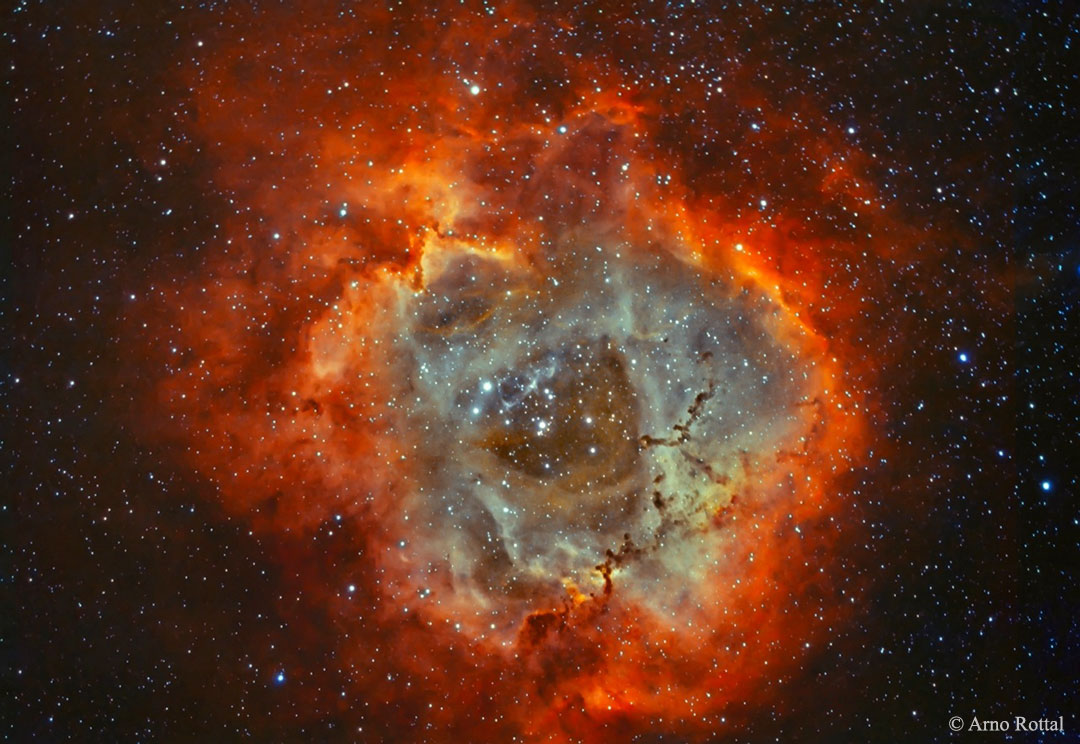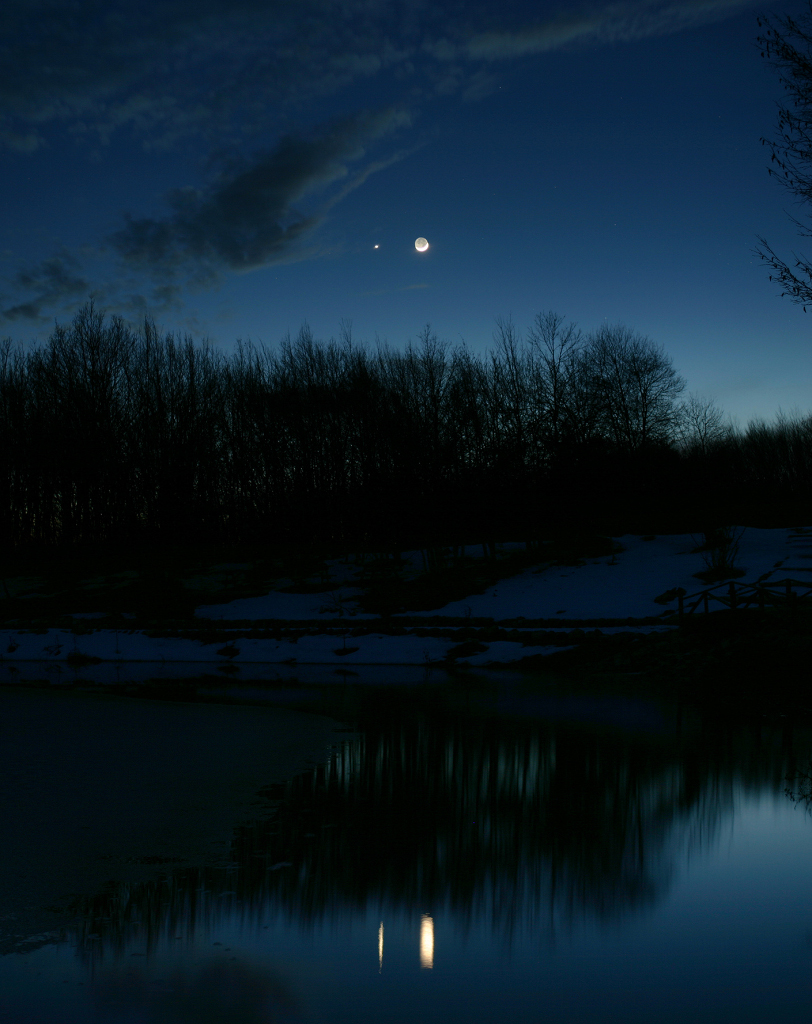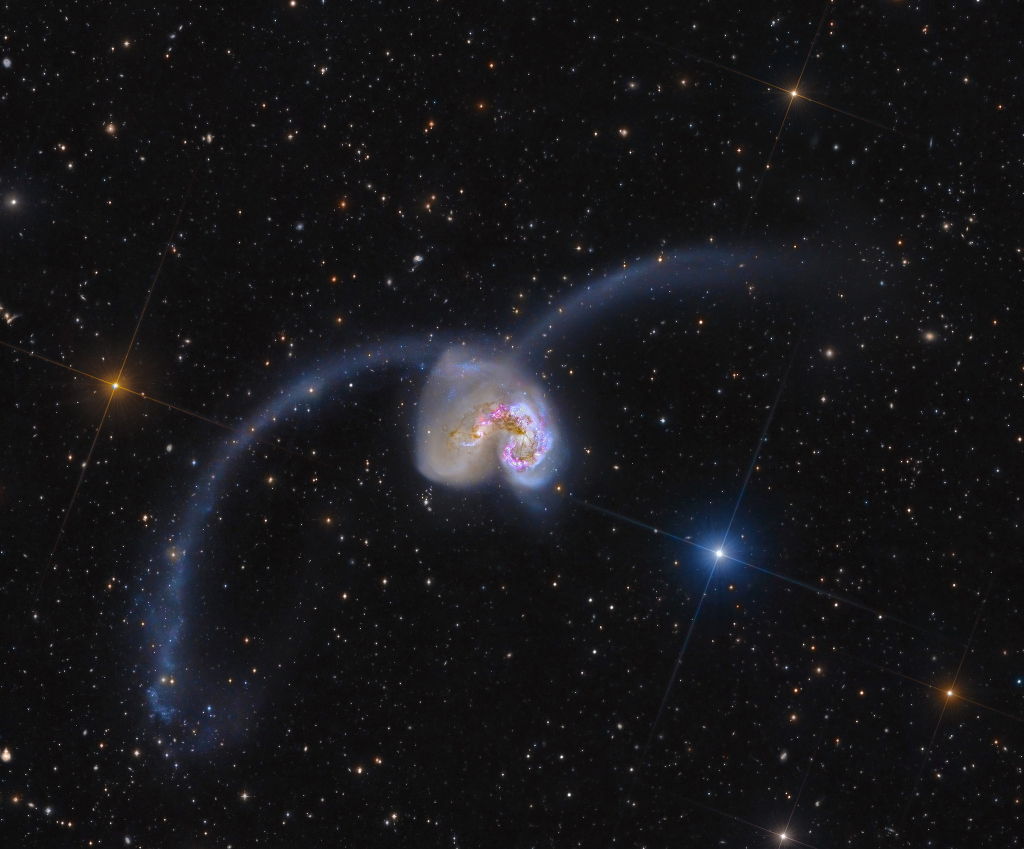Observations!
Thursday, May 21, 2015
Monday, May 18, 2015
Friday, May 1, 2015
Apod 4.5
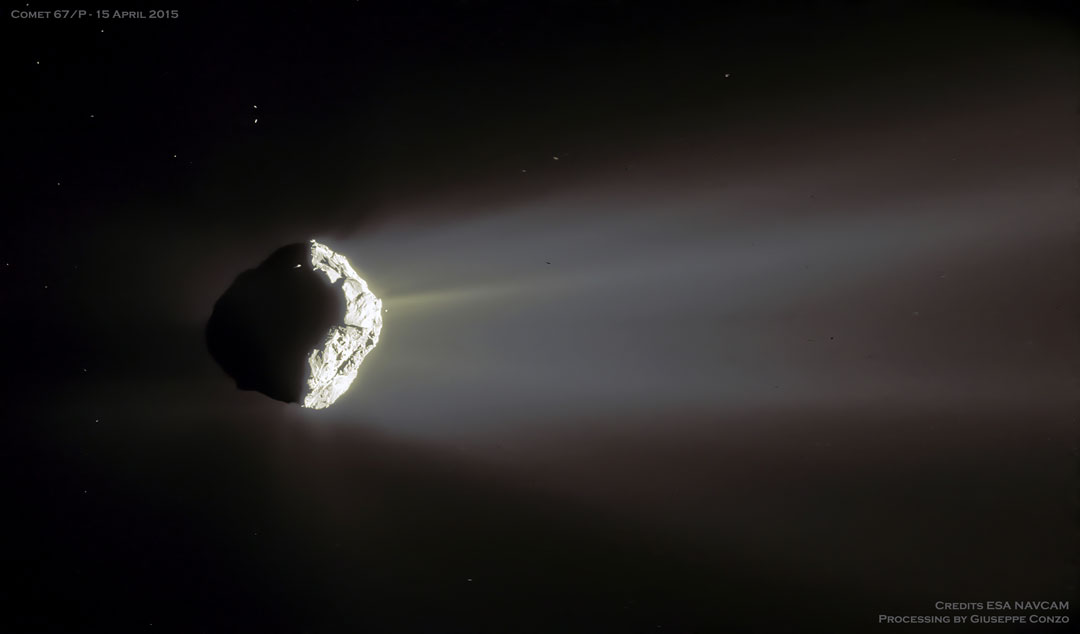
As the 3-km wide comet moves closer to the Sun, heat causes the nucleus to expel gas and dust. The Rosetta spacecraft arrived at the comet's craggily double nucleus last July and now is co-orbiting the Sun with the giant dark iceberg. Recent analysis of data beamed back to Earth from the robotic Rosetta spacecraft has shown that water being expelled by 67P has a significant difference with water on Earth, indicating that Earth's water could not have originated from ancient collisions with comets like 67P
Friday, April 17, 2015
Thursday, April 2, 2015
Friday, March 27, 2015
Tuesday, March 24, 2015
Monday, March 23, 2015
Friday, March 6, 2015
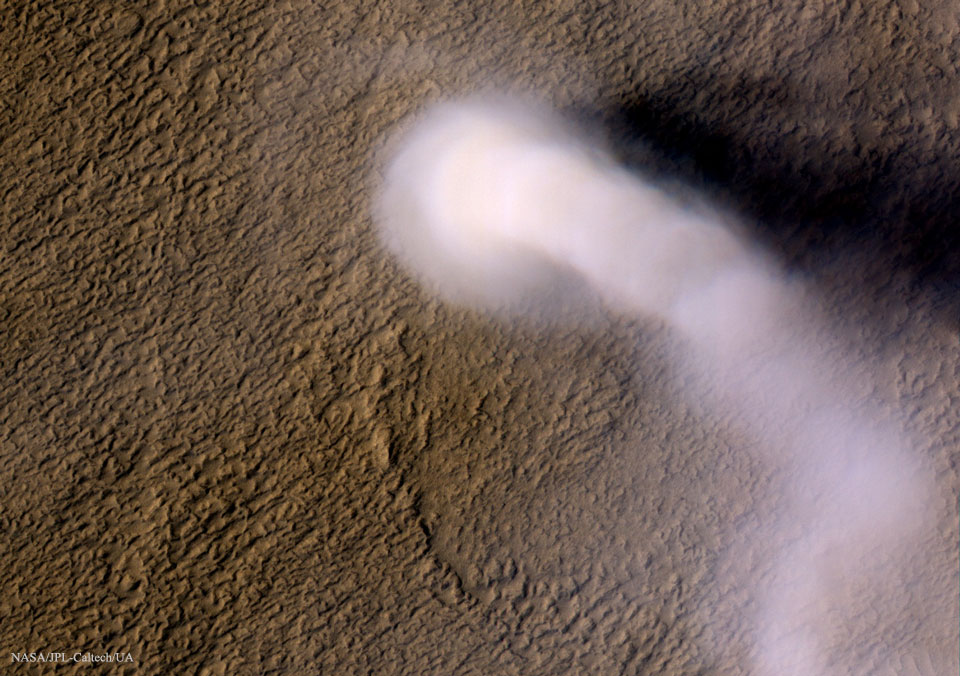
Apod 3.7
Do you know what this is? It is a Dust Devil on Mars, which is a small whirlwind or air vortex over land, visible as a column of dust and debris. We started track this storm back in 2012, and now it's really picked up. It's plume reaches about 20km above the surface and has speeds up to 110km per hour. It is just insane, a dust devil on mars mengaroo.
Wednesday, March 4, 2015
Henry Draper Biography
1839 March 3rd, Henry Draper was born in Prince Edward County, Virginia. Henry Draper was born in a wealthy family, and was grateful for that his whole life. His father John William Draper was a well-established doctor and chemist at New-York University. Draper's mother was the former Antonia Coetana de Paiva Pereira Gardner. His family moved to New York when he was at the age of two.He was stimulated by his parent's amazing work. Henry Draper was stimulated by his parent's work. He pursued excellence and innovation, and even though he worked in the medical field, as did his father and brother, he actually desired to be an astronomer. He was Henry Draper was a NAS member, medical doctor, and one of America's oustanding "amateur" scientists. In 1857, at age 20 he graduated from New York University School of Medicine. Later he worked as a physician at Bellevue hospital. Then after working as a physician, he went on to become a professor and a dean of medicine at New York University. However he wanted to pursue astronomy, and became one of the biggest pioneer's of astrophotography, and he specialized in a type of photography for recording images of astronomical objects in the sky. Henry Draper married Anna Mary Palmer in 1867, and proved to be an excellent assistant to him and a hostess. In 1872 he took a stellar spectrum that showed absorption lines and many of his colleagues preceded him. One year later he resigned from his position at the medical department to continue in his own research on astrophotography. Another year later he directed an expedition to capture the transit of Venus and was the first person to photograph the Orion Nebula. Some of his more notable achievements and awards include: an honorary law of degree, a Congressional medal for directing the U.S. expedition to photograph the 1874 transit of Venus, and even having a small lunar crater named after him. In the fall of 1882 he resigned as a professor, so that he ensured himself free time to pursue in his studies. He embarked on a hunting trip two months later and was exposed to severe cold on the mountain. Five days later he died (1882) from a disease called pleurisy,which is a lung infection. After his death Henry's wife funded the Henry Draper medal in honor of his outstanding contributions to the astronomy world. Around 40 years later after his death, the Henry Draper Catalogue was created giving spectroscopic classification for 225,000 stars and even later extended in 1937 classifying over 350,000 stars! Henry Draper was a major contribution to the astrophysics world, and it would not be the same without him.
Resources:
Resources:
http://www.daviddarling.info/encyclopedia/D/Draper_Henry.html
http://www.nasonline.org/about-nas/awards/henry-draper-medal.html
http://www.nasonline.org/publications/biographical-memoirs/memoir-pdfs/draper-henry.pdf
http://tinyurl.com/pyuywl8
http://tinyurl.com/pyuywl8
Monday, March 2, 2015
Planetary Nebula Blog

CAT - EYE NEBULA
Magnitude of 8.1, Apparent Magnitude 9.8
3000 Light years away from Earth
Size: 2/10 of a light year
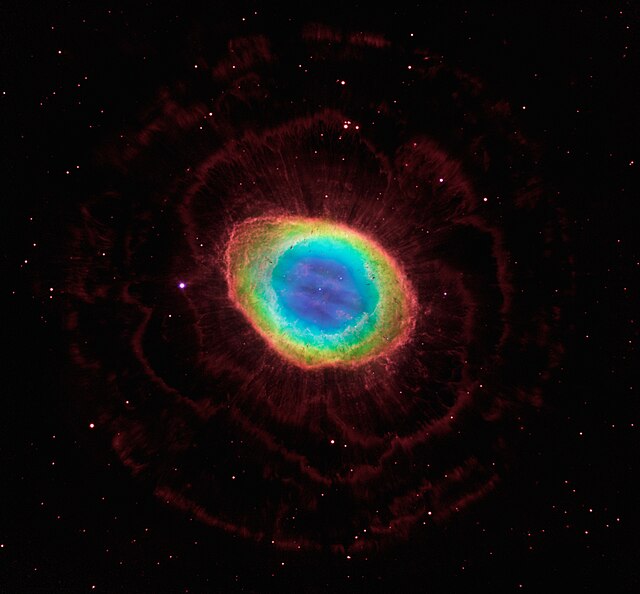
Ring Nebula
Maginitude of 8.8
2300 Light years away from Earth
Size: 1.3 Light years

The Egg Nebula
Magnitude of 14
3000 light years from Earth
Size: .2 Light years
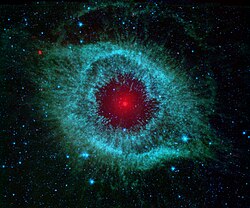
Eye Shaped Planetary Nebula
Magnitude of 6.7
700 light years from Earth
.7 Light years across

Gomez Hamburger Nebula
Magnitude of 8.8
900 light years away from Earth
.3 Light years across

Butterfly Nebula
Opiuchus is in this nebula, aswell as scorpio
Considered a bipolar nebula
2100 light years away from Earth
.8 Light Years

Crab Nebula
Taurus constellation is in this nebula
Apparent Magnitude of 8.4
6500 light years from Earth
8 light years across
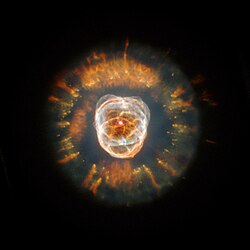
Eskimo Nebula
Apparent Magnitude of 10.1
2870 light years away
.34 light years in size
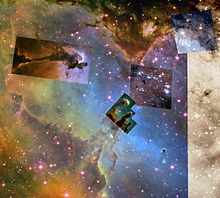
Eagle Nebula
M16
7000 light years away
Pillars of creation
Contain a young open cluster of stars
5.5 Million years old
.4 Light years in size


Horse Head Nebula
Monoceros Unicorn constellation
1500 light years away from Earth
Horse's head is given off from the gas and dust
.2 light years
Monoceros Unicorn constellation
1500 light years away from Earth
Horse's head is given off from the gas and dust
.2 light years
Friday, February 27, 2015
Friday, February 20, 2015
Friday, February 13, 2015
Thursday, February 12, 2015
Sunday, February 8, 2015
Friday, February 6, 2015
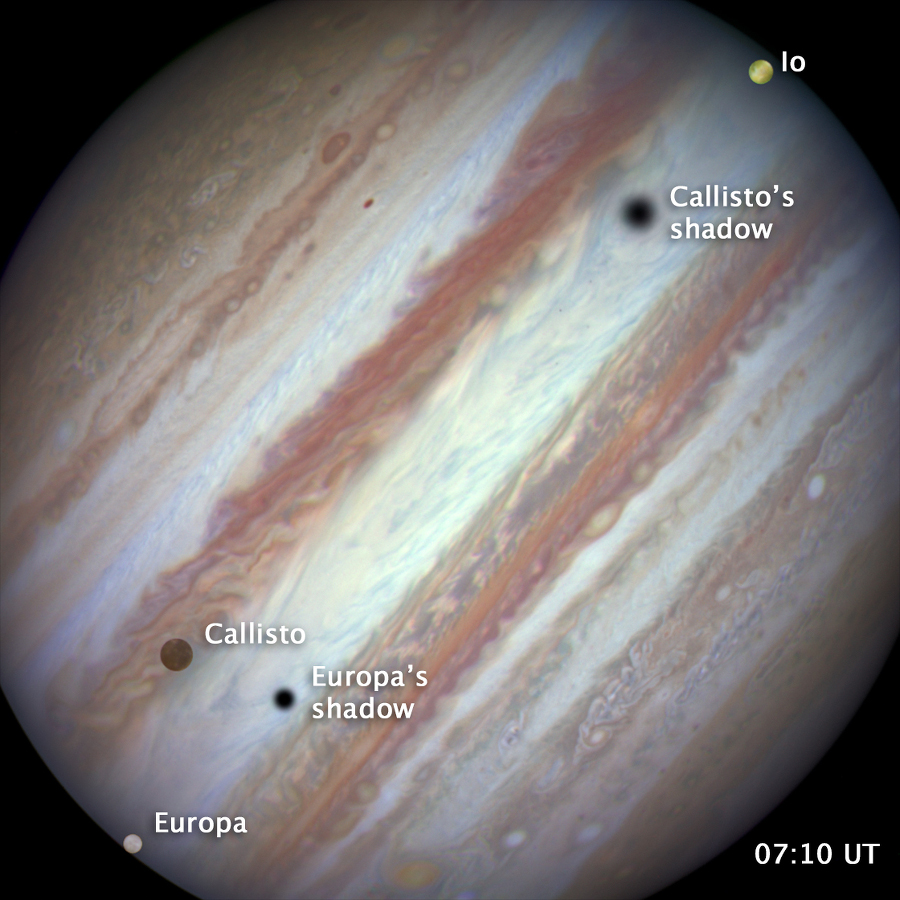
Apod 3.3
This is photograph of Jupiter, with some significant points pointed out. Jupiter is a gaseous planet, with very little density. More than a 100x larger than the Earth, however almost being 4x as less dense due to the gasses. The colored points on the picture are moons orbiting the planet. Some being almost the size of earth and some being the size of it's moon. Jupiter is a fascinating planet and I can't wait to learn more about it's interesting facts and details!!!
Friday, January 30, 2015
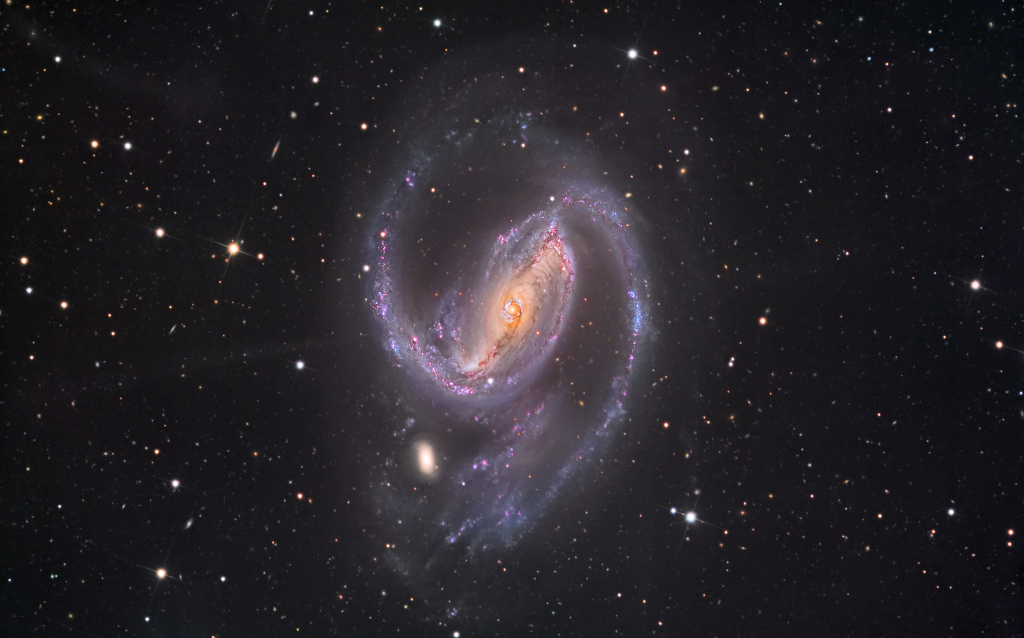
Apod 3.2!
This is a spiral galaxy about 45 million light years away. It is called NGC 1097. This galaxy lies in the constellation Fornax. The pinkish color comes from the stars being meshed into this master-piece. A quite crazy fact is that the center of this galaxy harbors a black hole!!! This galaxy also has alot of jet traces, recognized to be in the nucleus as well, but we have determined they have not originated from there. Perhaps some neighboring stars. Overall i found this galaxy's shape quiet and interesting and found alot of facts i hadn't known before!
Friday, January 16, 2015
APOD 3.1
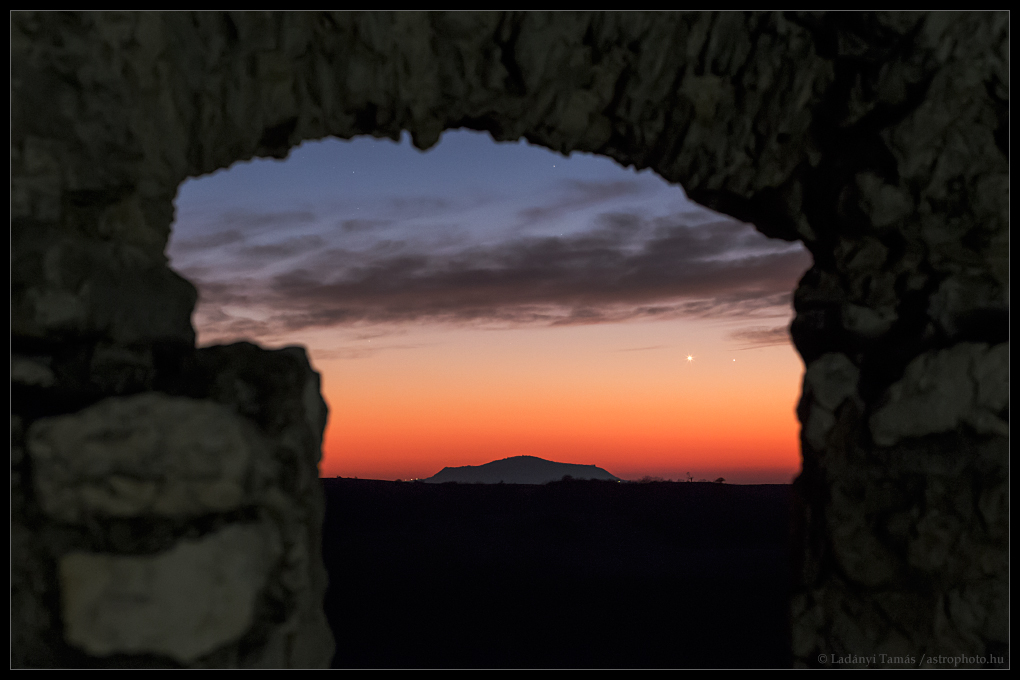
Venus and Mercury at Sunset
Our astronomy teacher, Mr. Percival, has aware-d us throughout this week and the last that Mercury and Venus were going very visible. Even last week where the the two planets seems like they touched for a brief period of time. It is quite clear which one of the bright glowing objects is Venus, as it is the 3rd most brightest object in the sky. In the morning or in the afternoon is the most prime rib time to view these planets. I recommend you do,as did i
Sunday, January 11, 2015
Observation post 2.7
Monday- At around 8:31 I saw the big dipper mars and Summer triangle. I did not notice the other constellation in the sky.
Tuesday- I observed the sky since i am new to observing the night sky i only saw the big and little dipper.
Wednesday. I Tried looking up again with no avail. Still struggling to identify the constellations i know that are up their.
Friday: I have not been able to look up at the sky today. Tonight i will gaze up at the heavens andcontinue to try and pinpoint the summer constellations that are floating up above.
Tuesday- I observed the sky since i am new to observing the night sky i only saw the big and little dipper.
Wednesday. I Tried looking up again with no avail. Still struggling to identify the constellations i know that are up their.
Friday: I have not been able to look up at the sky today. Tonight i will gaze up at the heavens and
Friday, January 9, 2015
Observation blog 2.8
On January 1st, at 7:56pm a halo appeared around the moon, it almost looked as if a massive planet was about to crash onto Earth. Very scary and cool at the same time.
On Decemeber 31st at 8:31 the same halo appeared around the moon, very cool again
On January 7th at 7:35pm Venus shined very bright in the sky, just a little below and west of the moon, as did Jupiter which was very close to Venus
Also on January 8th at 8:43pm Venus and Jupiter were very easy to spot/find
Spiral galaxy NGC 1097 shines brighter than a diamond in the rough, around 45 million light-years away in the constellation of Fornax. The blue spiral arms are mottled with pinkish stars mixed in the mesh. It also has alot of other peculiar features, such as a very deep exposure of deep, mysterious jets which are easily seen beyond the blue arms to the left. A very extaoridnary fact is that this galaxy hosts a super massive black hole.
Thursday, January 8, 2015
Observation Blog 2.3 (10-16 NOV)
On Friday at 6:31 pm i noticed Mars, as a matter a fact i observed it in the same position for multiple days this week
On Saturday at 8:01 pm Orion was clearing the western horizon throughout the time period i was watching it
On Sunday at 8:23pm The Great Square of Pegasus stood high in its level position very high towards the south. Fomalhaut was also noticed in this observation
Observation Blog 2.4 ( NOV 17 - NOV 25 )
Early on Saturday morning a 9 magintude asteroid named "Juno" landed in Canada
On Friday i noticed the star Sirius actually rising at around 7:00pm to 7:30pm, not only that it seemed to twinkle numerous amounts of times
On Sunday at 10:11pm two of Jupiter's moons had mutual eclipses, callipso and lo
Observation Blog 2.1
On October 27th at roughyl 7:43pm Arcturus was sparking low in the northwest of the twilight
On October 28th Algol, in Perseus is noticeably brighter than it normally is in the sky (8:34pm)
During the day of October 29th Cassiopeia was noticeable in northeast, this observation was taken at 9:31pm.
Wednesday, January 7, 2015
Stefan Jen
Percival 7
Astronomy
6 January, 2015
Joseph
Lagrange Biography
Joseph
Louis Lagrange was born in Turin, Italy in 1736. He was very fortunate to be
born in a wealthy family, and initially never had an interest for mathematics.
Although his father wanted him to be a lawyer, Lagrange was later attracted (17
years old) to mathematics and astronomy after reading memoir by the
astronomer Halley . At age 17 he began to study mathematics on his own and by
age 19 was appointed to a professorship at the Royal Artillery School in Turin,
he was a prodigy Lagrange even sent Euler, one of the most prolific mathematicians that
had ever lived, a better solution he had discovered for deriving
the central equation in the calculus of variations. Lagrange
even managed to point out errors made by Newton and also discussed
theories on the recurring series, dynamics, integral calculus His
discoveries were so monumental that by the age of 25 he was regarded as one of
the greatest living mathematicians, at his time. Not only being a profound
mathematician he was also an amazing astronomer. In 1766 his passion to
understand the solar system, got him to discover many solutions which came to
be known as the Lagrangian points. Which of course, are the five
points where a small object affected only by gravity can maintain a stable
orbital configuration with respect to two larger objects. After many of
published papers and discussions, King Frederick of Prussia persuaded Lagrange to
reside at his court ‘as the greatest mathematician in Europe’. Here, he
would be able to work till his heart desired. At the king's court he was able
to produce his most profound work of his life "Mecanique Analytique".
Life started to get back on track in 1794 when Lagrange was appointed professor
at the ‘Ecole Polytechnique’ where he was admired and venerated by his pupils. Towards the end of 1795, Lagrange and a few
others went on to establish the ‘Bureau des Longitudes’ that was founded for
the purpose astronomical observation and standardtime keeping. He was then later given
the honor of the ‘Mathematical chair’ at the new institution called ‘Ecole
Normale’. After much research, Lagrange’s theory on the decimal subdivision was
finally accepted by the French commission in 1799. Joseph Louis Lagrange
died on April 10 1813, in Paris just a week after he was awarded the ‘Grande Croix’. He left
behind so great of a legacy his work would later help contribute to the
subjects of mathematics and astronomy. Paving way for popular students, such as
Giovanni Plana, Simeon Poisson and Joseph Fourier, who carried his epic works into the
next generation. He name was soo great, that his name would later be one of the
72 names engraved on the Eiffel Tower.
Works Cited:
"Joseph-Louis Lagrange." Joseph-Louis Lagrange. N.p., n.d. Web. 07 Jan. 2015.
"Joseph Louis Lagrange Biography." – Childhood, Life And Timeline. N.p., n.d. Web. 07 Jan. 2015.
Lagrange, Lectures on Elementary Mathematics, The OPEN Court Publishing Company, Chicago, 1898, (translated by Thomas J. Mccormack)
Court Publishing Company, Chicago, 1898, (translated by Thomas J. Mccormack)
 Court Publishing Company, Chicago, 1898, (translated by Thomas J. Mccormack)
Court Publishing Company, Chicago, 1898, (translated by Thomas J. Mccormack)
Lagrange, Lettres Inedites de Joseph-Louis Lagrange a Leonard Euler, B. Boncompagni, St. Petesburg, 1877.
Subscribe to:
Posts (Atom)
